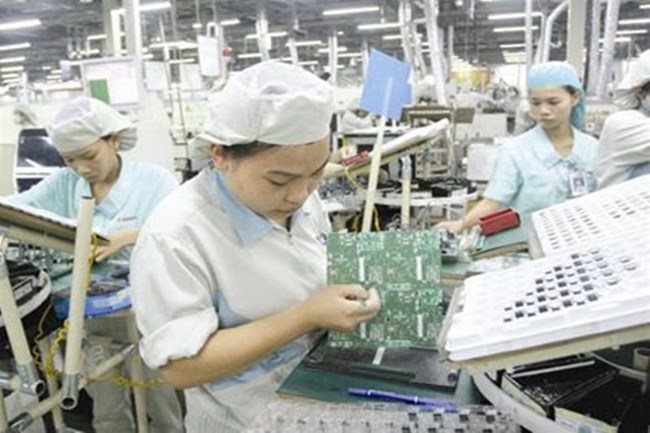Govt’s trade performance target courts controversy
Govt’s trade performance target courts controversy
The National Assembly Economic Committee has asked the Government to explain its target of a trade deficit below 3% of export revenue next year given that the country has enjoyed a trade surplus in the past four years.

The committee queried whether the target reflects Vietnam’s trade performance.
According to a report delivered by the Government on the first working day of the eighth sitting of the National Assembly (NA) on October 21, the country is forecast to see an increase of 7.9% in export turnover and a trade deficit below 3% of export revenue this year.
Despite the impact of global trade tensions on Vietnam’s trade performance and lower export revenues from many key products, such as seafood, vegetables and fruits, computers and electronic products and parts, the country’s export sector has fared better than expected.
However, besides export revenue growth of 7%, the target for the trade deficit remains unchanged for next year.
According to the Government, export revenue is estimated to reach US$525 billion this year, up 9.2% over 2018. Domestic enterprises reported a growth rate of 16.4% in export revenue in the January-September period this year, while the rate of foreign direct investment (FDI) companies was only 5%.
However, a Ministry of Trade and Industry report on industrial production and trade in the nine-month period showed that domestic firms posted a large trade deficit of a staggering US$19.4 billion, while the FDI sector enjoyed a trade surplus of US$25.3 billion.
Therefore, the FDI sector will determine the country’s trade performance, while the sector is vulnerable to global trade tensions and its production and business performance is unpredictable.
The trade war between the United States and China started escalating in August after the United States announced a 15% tariff on US$112 billion worth of China’s products exported stateside from September 1 and increased the tax rate imposed on US$250 billion worth of Chinese goods from 25% to 30% from October 25. Vietnam will also be affected by these policies.
In addition, some products that are key drivers of export growth, such as electronic products, computers, optical devices and mobile phones, failed to maintain their high growth rates.
China’s yuan devaluation has had a direct impact on the export of some Vietnamese products. For example, Vietnamese exporters of wooden products, coffee, pepper and seafood will find it hard to compete with Chinese rivals in the U.S. and European markets.
Moreover, Vietnam’s vegetables, fruits and rubber will be put at a disadvantage in the Chinese market.
Further, Vietnam might be taken advantage of to ship many kinds of Chinese goods to the United States to avoid the high U.S. tariffs.
Therefore, the trade targets should be set carefully, according to the Government.





















